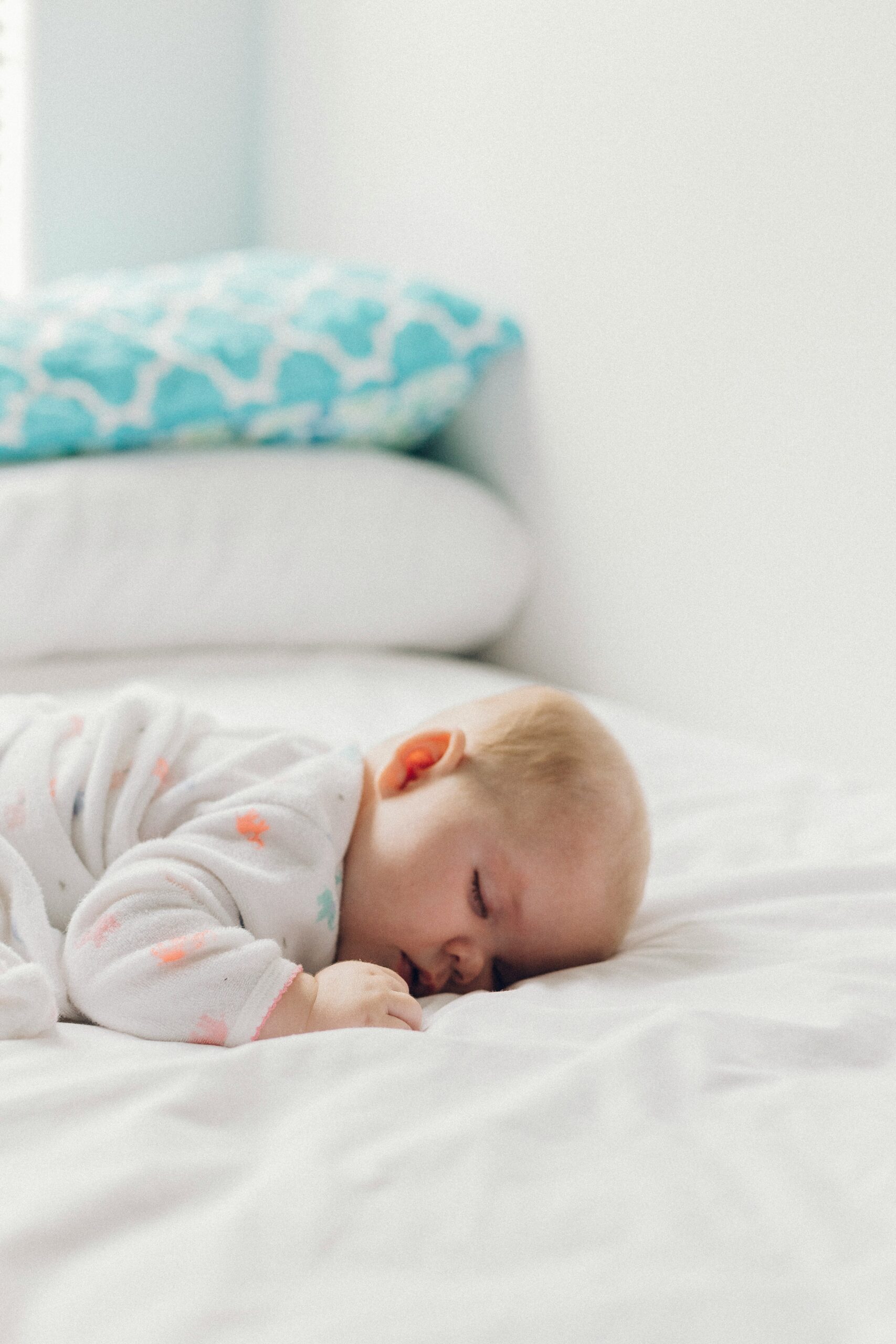
Baby Sleep: Creating a Restful Environment
As a parent, one of the most important aspects of caring for your baby is ensuring they get enough sleep. Sleep plays a crucial role in their growth and development, and it is essential to provide them with a good sleeping environment. In this article, we will discuss what you should and should not do to give your baby a restful sleep environment and offer tips on how to take care of them as a parent.
Creating a Calm and Comfortable Space
The first step in creating a good sleeping environment for your baby is to establish a calm and comfortable space. Here are some tips to help you achieve this:
1. Choose the Right Bedding
When it comes to bedding, safety should be your top priority. Use a firm mattress that fits snugly into the crib, and avoid using pillows, blankets, or stuffed animals until your baby is at least one year old. These items can pose a suffocation hazard.
Instead, opt for a fitted sheet made from breathable material. This will help regulate your baby’s body temperature and reduce the risk of overheating.
2. Control the Room Temperature
The ideal room temperature for your baby’s sleep environment is between 68 to 72 degrees Fahrenheit (20 to 22 degrees Celsius). Use a thermometer to monitor the temperature and adjust the bedding accordingly. Dress your baby in light, breathable clothing to ensure they don’t get too hot or too cold.
3. Create a Dark and Quiet Atmosphere
Babies are sensitive to light and noise, so it’s important to create a dark and quiet atmosphere in their sleep environment. Use blackout curtains or blinds to block out any external light sources, and consider using a white noise machine or a fan to drown out any disruptive sounds.
Establishing a Bedtime Routine
In addition to creating a restful environment, establishing a bedtime routine can help signal to your baby that it’s time to sleep. Here are some tips on how to establish a bedtime routine:
1. Set a Consistent Bedtime
Try to establish a consistent bedtime for your baby, as this will help regulate their internal clock. Aim for a bedtime that allows for at least 10 to 12 hours of sleep, depending on their age. Consistency is key, so try to stick to the same bedtime every night.
2. Create a Relaxing Routine
A relaxing bedtime routine can help calm your baby and prepare them for sleep. This can include activities such as a warm bath, gentle massage, or reading a bedtime story. Avoid stimulating activities or screen time close to bedtime, as these can interfere with your baby’s ability to fall asleep.
3. Provide Comfort and Security
During the bedtime routine, make sure to provide your baby with comfort and security. This can be achieved through gentle cuddling, singing lullabies, or using a pacifier if your baby is accustomed to it. The goal is to create a soothing environment that promotes relaxation and sleep.
Parental Care: Monitoring and Nurturing Your Baby’s Sleep
As a parent, it is important to monitor and nurture your baby’s sleep to ensure they are getting enough rest. Here are some tips on how to take care of your baby’s sleep:
1. Observe Sleep Cues
Babies often display subtle cues when they are tired. Look out for signs such as rubbing their eyes, yawning, or becoming fussy. By observing these cues, you can put your baby down for a nap or bedtime before they become overtired, making it easier for them to fall asleep.
2. Practice Safe Sleep Practices
Safe sleep practices are essential to reduce the risk of Sudden Infant Death Syndrome (SIDS). Always place your baby on their back to sleep, and avoid using loose bedding, pillows, or crib bumpers. Additionally, ensure that the crib or bassinet meets safety standards and is free from any hazards.
3. Be Responsive to Nighttime Needs
During the night, your baby may wake up for various reasons, such as hunger or discomfort. It is important to be responsive to their needs while also encouraging them to self-soothe and fall back asleep. Offer comfort and reassurance, but try not to create any sleep associations that may become difficult to break in the future.
4. Establish Healthy Sleep Associations
Healthy sleep associations can help your baby develop good sleep habits. This can include using a lovey or a soft blanket that is safe for their age, playing calming music, or using a nightlight. These associations can provide comfort and signal to your baby that it’s time to sleep.
5. Seek Professional Help if Needed
If you are facing challenges in getting your baby to sleep or if you suspect that they may have a sleep disorder, it is important to seek professional help. Consult with your pediatrician or a sleep specialist who can provide guidance and support tailored to your baby’s specific needs.
Conclusion
Creating a good sleeping environment for your baby and taking care of their sleep needs is crucial for their overall well-being. By following the tips outlined in this article, you can provide your baby with a restful sleep environment and establish healthy sleep habits that will benefit them in the long run. Remember, each baby is unique, so it may take some trial and error to find what works best for your little one. Be patient, stay consistent, and prioritize your baby’s sleep for their optimal growth and development.
